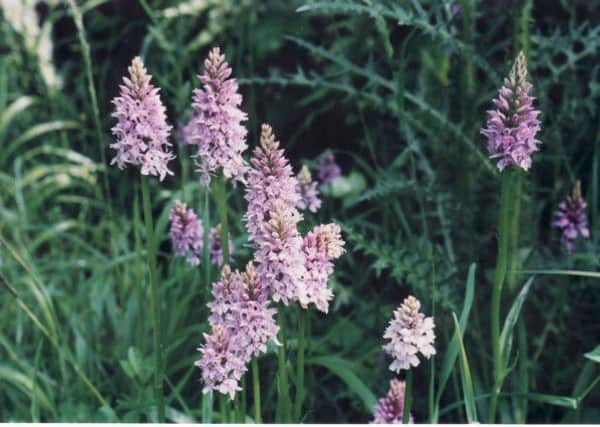Abundance of spotted orchids still a mystery


So this is my fifty-first recording year for orchids. I have kept tabs on all of the wild orchids that grow there, all 12 species.
In those days we did not have electronic records, but were issued with what were called by Biological Records Centre: event record cards.
Advertisement
Hide AdAdvertisement
Hide AdThese have long gone out of date Nobody uses paper any more. Except me. I don’t trust slippery machines which might suddenly disappear into a black hole taking all their information with them.
Paper is a fail-safe system although it can become a nuisance if it piles up unchecked.
So flicking through my old ERCs I find that in 1964 I recorded 25 spotted orchids at Kingley Vale.
I remember the excitement at seeing these mauve spikes of florets as they rose out of the turf like decorated Eiffel Towers.
Advertisement
Hide AdAdvertisement
Hide AdThey had long spurs behind the petals filled with nectar to attract insects with long tongues and I used to watch bumble bees groping about trying to get drinks, some succeeding, some given up and going on to easier flowers.
Some wild orchids have an unpleasant habit of sticking packs of pollen on to the faces of bees with glue like Aruldite which they find impossible to get off.
Anyway, something was pollinating the spotted orchids because the colony gradually grew bigger.
After 20 years it had increased to nearly 300. After another two decades it seemed to have peaked at the same number. Then, all of a sudden, in 2009 it shot up to 700 and the next year was well above a thousand.
Advertisement
Hide AdAdvertisement
Hide AdSo the number climbed, until this year I could hardly believe the sight. Massed ranks of pale mauve flowers rose like hairs on a dog’s back.
I made ready with my metal hand-counter (plastic counters had been worn out and made useless over the years and I counted butterflies, wigeon, lapwing and everything else around West Sussex).
For an hour or two on a warm June day my thumb became almost numb and the dial ended up with 2,437; a hundredfold increase in half a century.
It may be that a series of cold winters in recent years decreased invasive attacks by fungi on the tuberous roots.
Advertisement
Hide AdAdvertisement
Hide AdThe plant does however rely on a give-and-take relationship with a special mycorrhiza. Warm wet weather may influence growth. Seed set at the critical moment in mid-June is critical perhaps.
I do not know the answer.
The recent spread of orchids across potato or barley fields in the Chilgrove Valley has now come to an abrupt end as the fields on Langford Farm have again been returned to arable from cattle grazing.
Fortunately, I also made precise records of that event which botanists in the future may find interesting.
But to return to the original colony; I await next year with interest. Will we see three thousand orchids on this half acre plot?